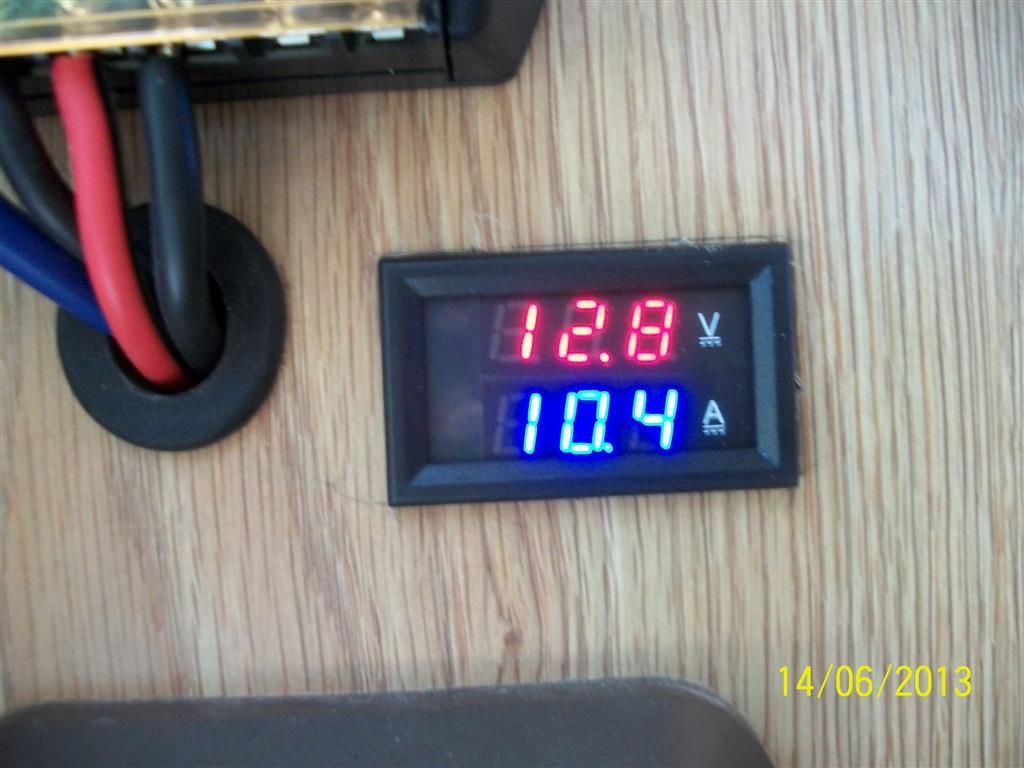CVD
Sep 16, 2013Explorer
Display for PWM Controller?
After years of thinking about it, I’m about to get a solar setup. I live 5 minutes from SolarBlvd in Norco, so I will get most the stuff from them. The plan is to use the 140w Solar Cynergy panel ($175) and Morningstar Sunsaver SS-10 controller ($45-). I’ll also get the Z mounts and cable from them (after I measure to determine how much cable I need). This setup should keep my 4 6v Sam’s Club batteries topped off while in storage, and give me some replenishment when on multi-day trips.
My question is regarding a display for the controller. SolorBlvd packages this panel with a Phocos controller and Phocos CMM display that supposedly shows voltage and load current (is this the same as draw?). However, I’ve read negative reviews on both Phocos devices and positive reviews on the Morningstar controller.
If I go with the Morningstar controller and hide it behind a cabinet, what sort of display should I get? Keep in mind this entire setup will be approx $260-; I don‘t want to spend hundreds on a display.
BTW – currently, I use a simple $20- volt meter that is plugged into one of the TV power outlets. I check it every morning. 12.3 to 12.6 is good; 12.2 or less means I need to run the generator sometime that day.
My question is regarding a display for the controller. SolorBlvd packages this panel with a Phocos controller and Phocos CMM display that supposedly shows voltage and load current (is this the same as draw?). However, I’ve read negative reviews on both Phocos devices and positive reviews on the Morningstar controller.
If I go with the Morningstar controller and hide it behind a cabinet, what sort of display should I get? Keep in mind this entire setup will be approx $260-; I don‘t want to spend hundreds on a display.
BTW – currently, I use a simple $20- volt meter that is plugged into one of the TV power outlets. I check it every morning. 12.3 to 12.6 is good; 12.2 or less means I need to run the generator sometime that day.
